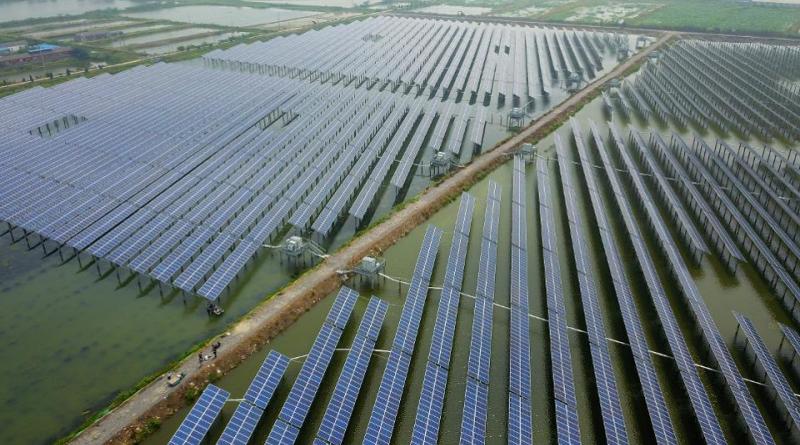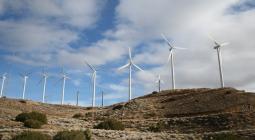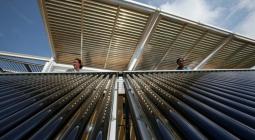The Global Energy Map Is Changing Faster Than You Think.

A $20 billion investment aims to supply electricity to Singapore from what will be, for the time being, the world’s largest solar farm: Sun Cable. Located in Australia and linked by a 3,800-kilometer submarine cable, its magnificent 15,000 hectares of solar panels will provide about 10 gigawatts, enough to cover a fifth of the country’s energy needs and replace its combined-cycle power stations, with enough batteries to ensure uninterrupted supply.
An even bigger project, the Asian Renewable Energy Hub, plans to create a hybrid solar and wind farm linked to a hydrogen energy storage plant in Pilbara, a sparsely populated region in Western Australia. The idea is to change Australia’s place within the global energy map and to transition from exporting mainly coal and natural gas to being a leader in clean energy. It is estimated that filling the Sahara desert with windmills and solar panels could generate enough electricity to supply the energy needs of the entire world. In the United States, solar is already the most important source of energy, ahead of gas or wind, despite the tariffs imposed by its ignorant president on imported solar panels.
Meanwhile, Morocco’s Noor-Ouarzazate facility, along with others inIndia, China, Mexico, the United States or the United Arab Emirates, willfill vast tracts of land and even the sea, with solar panels, completely changing the global energy map, with the concomitant geopolitical consequences.
Renewable energy is already the cheapest and most logical way to produce energy without the need for subsidies. By introducing hydroelectric and geothermal energy into the equation, in addition to solar and wind energy, Costa Rica has already managed to go for 300 days in a row without burning fossil fuels to generate electricity. Portugal has managed four days with only renewable energy, the UK, a thousand hours without burning coal, while US states like Colorado are staggered at the cost competitiveness of renewables, even adding a diverse range of storage infrastructure. Within renewable energies, solar stands out for its increasingly lower costs. The goal of generating 100% of the world’s energy from renewable processes is becoming more feasible and cheaper every day.
More and more industries will depend on the ability of countries to manufacture or supply solar panels and batteries. Solar energy is already the logical choice: in countries as different as the United States or Germany, home installations of solar panels and batteries are the hot new investment opportunities as more facilities are created to interconnect through so-called microgrids. To all intents and purposes, energy is the new internet and, as Elon Musk properly predicted, energy storage becomes the most strategic technology.
All the studies agree that not only that we must stop building and operating fossil fuel power plants, but that we have already built too many and that the fuel needed to supply them will now remain under the ground. The need to make this transition is becoming more urgent every day. Germany has already announced the closure of all its 84 coal-powered plants and India has canceled plans to build any more due to the plummeting cost of solar energy: with every day that passes, action in this regard is more important and more strategic. Only countries that act in time and update their generation policies can hope to win a place on the new global energy map.
16 July 2019
Forbes




